Hubble observed sunlight filtering through Earth’s atmosphere during a lunar eclipse to see what a habitable exoplanet’s atmosphere might look like.
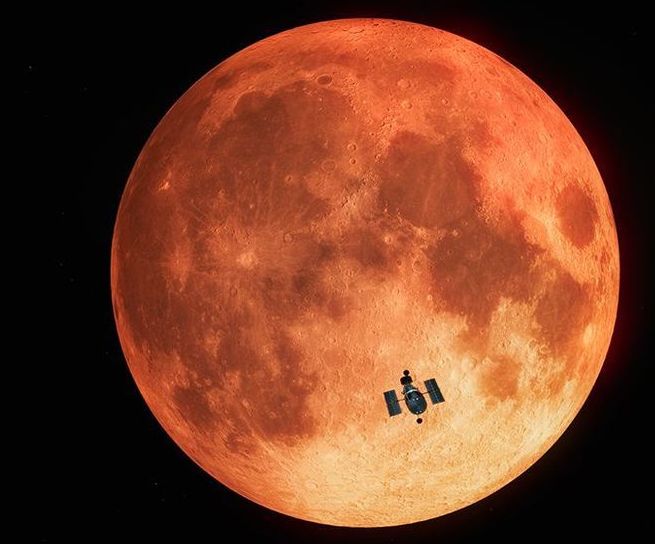

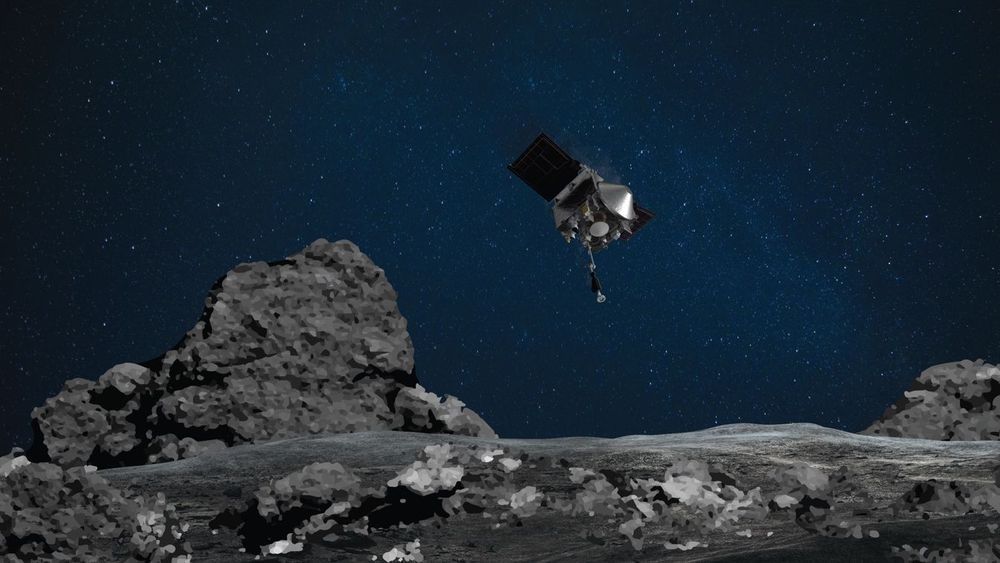
While we were all busy watching the Perseverance rover head off on its journey to Mars, NASA’s asteroid sample mission has been gearing up for its big moment. The Origins, Spectral Interpretation, Resource Identification, Security, Regolith Explorer (OSIRIS-REx for short) has completed its final test approach of the surface. The next time it descends, OSIRIS-REx will scoop up pieces of the asteroid Bennu for return to Earth.
NASA launched OSIRIS-REx in 2016, sending it off to intercept 101955 Bennu, a carbonaceous asteroid about 1,610 feet (490 meters) in diameter. Bennu does get very close to Earth at points in its orbit — there’s even a small chance that it could impact the Earth in the next few centuries. Currently, it’s safely out of the way about 2 AU distant (an AU is the distance between Earth and the sun).
OSIRIS-REx rendezvoused with Bennu in 2018, and the team set to work finding a landing zone. NASA encountered the same issue as the Japanese Hayabusa2 team — Bennu was much more craggy than expected. To collect a sample, OSIRIS-REx has to make contact with the surface, and that’s dangerous with uneven surfaces and rocky prominences everywhere. Eventually, NASA selected several potential sites, naming them after birds. The Nightingale site, which is in a crater near the asteroid’s north pole, prevailed.
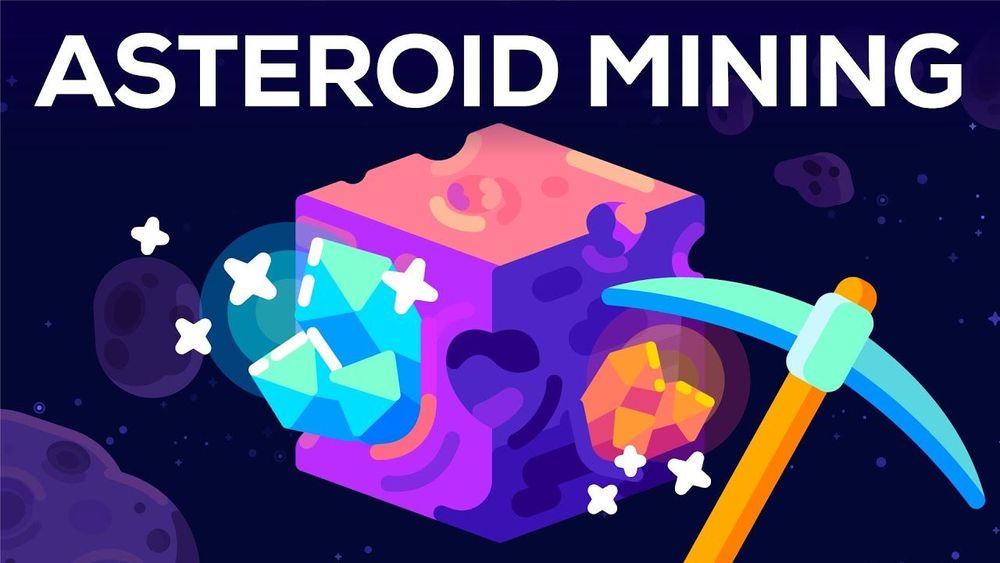
Sources & further reading:
https://sites.google.com/view/sources-asteroidmining/
Getting rare materials from the ground into your phone is ugly. The mining industry is responsible for air and water pollution and the destruction of entire landscapes. But what if we could replace the mining industry on Earth with a clean process that can’t harm anyone? Well, we can. All we need to do is look up.
OUR CHANNELS
▀▀▀▀▀▀▀▀▀▀▀▀▀▀▀▀▀▀▀▀▀▀▀▀▀▀
German Channel: https://kgs.link/youtubeDE
Spanish Channel: https://kgs.link/youtubeES
HOW CAN YOU SUPPORT US?
▀▀▀▀▀▀▀▀▀▀▀▀▀▀▀▀▀▀▀▀▀▀▀▀▀▀
This is how we make our living and it would be a pleasure if you support us!
Get Merch designed with ❤ from https://kgs.link/shop
Join the Patreon Bird Army 🐧 https://kgs.link/patreon
DISCUSSIONS & SOCIAL MEDIA
▀▀▀▀▀▀▀▀▀▀▀▀▀▀▀▀▀▀▀▀▀▀▀▀▀▀
Reddit: https://kgs.link/reddit
Instagram: https://kgs.link/instagram
Twitter: https://kgs.link/twitter
Facebook: https://kgs.link/facebook
Discord: https://kgs.link/discord
Newsletter: https://kgs.link/newsletter

Fun music video.
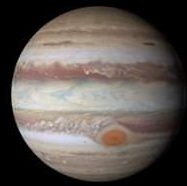
#HubbleClassic On January 19, 2015, Hubble captured a global map of Jupiter. This video was made from the observations.
Today, Jupiter is at opposition, meaning it shines in our sky all night long and is the closest to Earth that it’ll be all year.
#NASA #Hubble #classic #jupiter #planet #video #solarsystem #astronomy #space #science
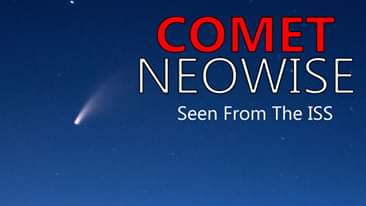
Thank You for watching. Don’t forget you to check out my other social media sites Youtube: www.youtube.com/ouramazingspace Twitter : www.twitter.com/Amazingspace2 Instagram: www.instagram.com/our_amazing_space
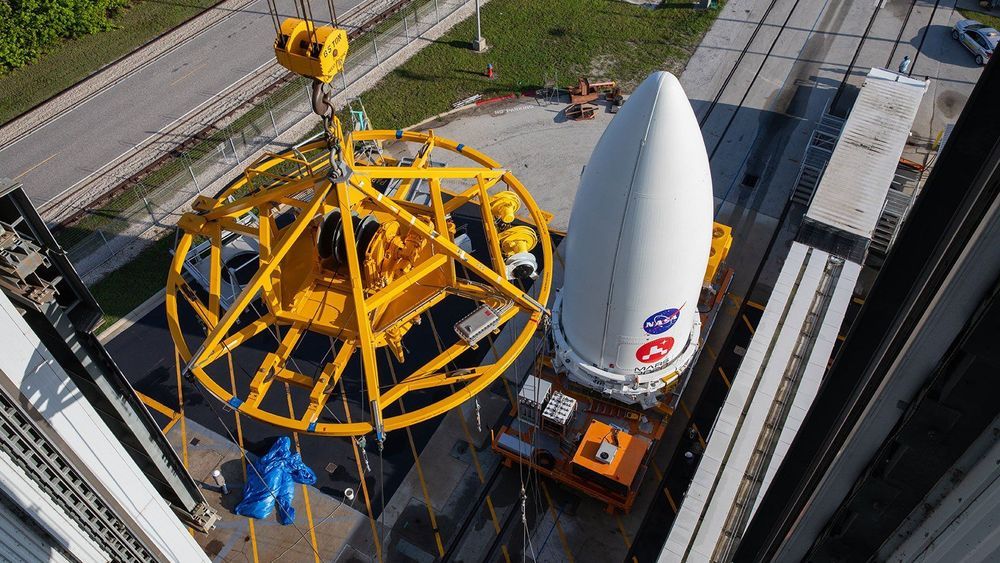
The Launch Period
NASA and United Launch Alliance recently updated the mission’s launch period – the range of days the rocket can launch in order to reach Mars. It now spans from July 30 to Aug. 15.
The launch period opening changed from July 17 to 30 due to launch vehicle processing delays in preparation for spacecraft mate operations. Four days were also added to the previously designated Aug. 11 end of the launch period. NASA and United Launch Alliance Flight Teams were able to provide those extra days after final weights of both the spacecraft and launch vehicle became available, allowing them to more accurately calculate the propellant available to get Perseverance on its way.
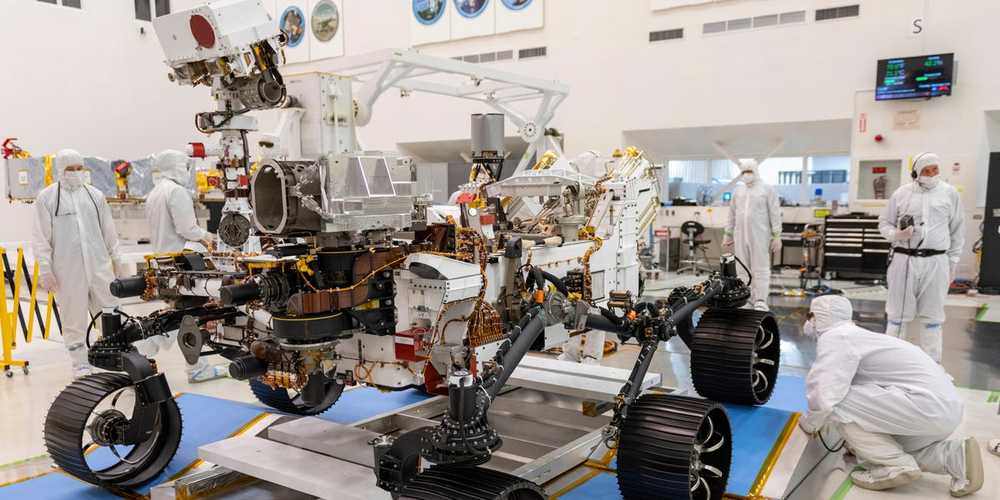

What would it take to build this state-of-the-art space habitat?
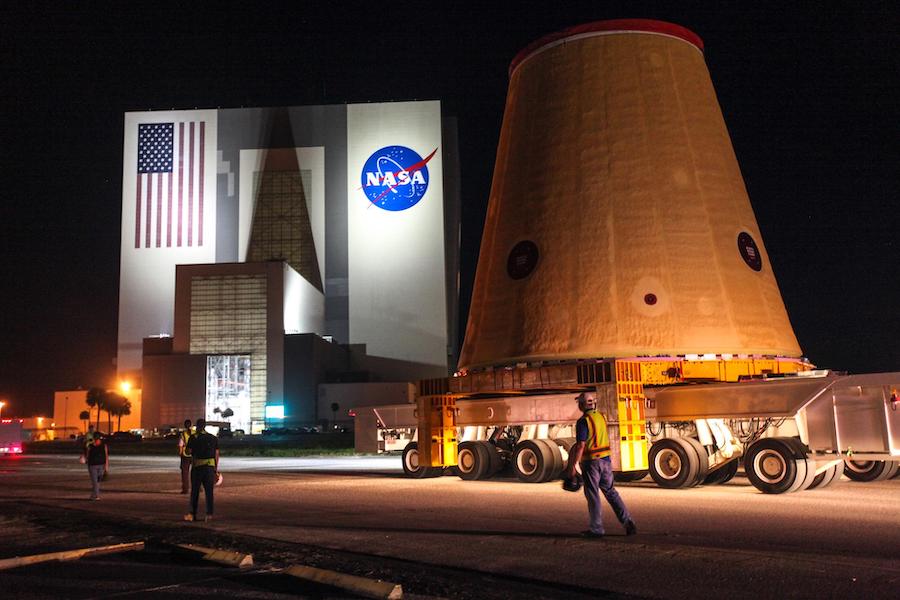
One of the final pieces for the first test flight of NASA’s huge Space Launch System heavy-lift rocket recently arrived at the Kennedy Space Center, joining other elements already at the Florida spaceport awaiting shipment of the SLS core stage once it completes testing at a NASA facility in Mississippi.
The Launch Vehicle Stage Adapter, or LVSA for the first SLS test launch arrived at the Kennedy Space Center in Florida aboard NASA’s Pegasus barge July 29. Early the next day, hours before the liftoff of NASA’s Mars 2020 Perseverance rover from a launch pad a few miles away, ground crews transferred the LVSA from the Pegasus barge into the Vehicle Assembly Building at the Florida spaceport.
The LVSA is the second-to-last element of the first Space Launch System rocket to arrive at the Kennedy Space Center. The biggest piece of the rocket, known as the core stage, is expected to arrive at Kennedy after test-firing of its four main engines on a test stand in Mississippi later this year.